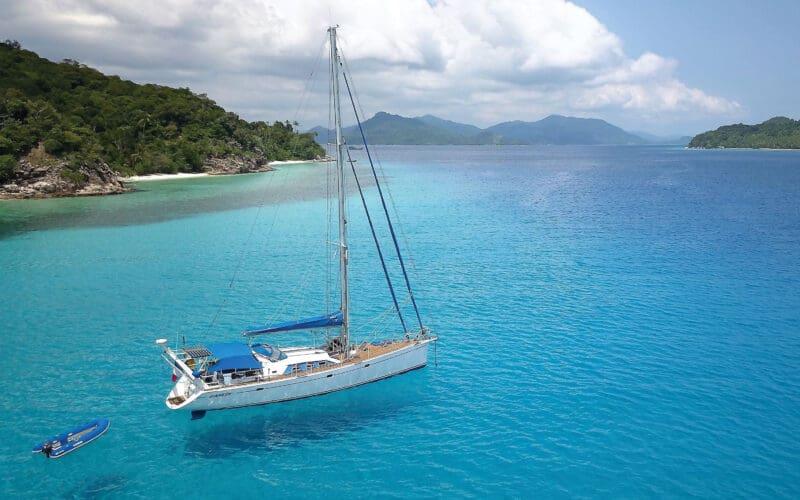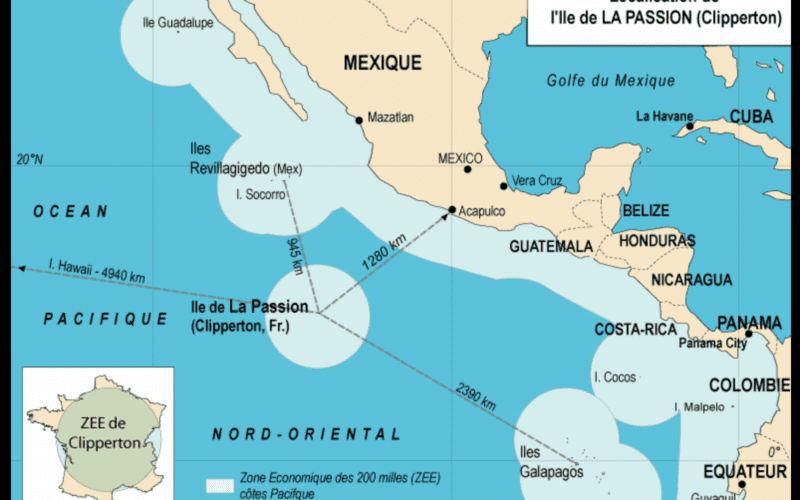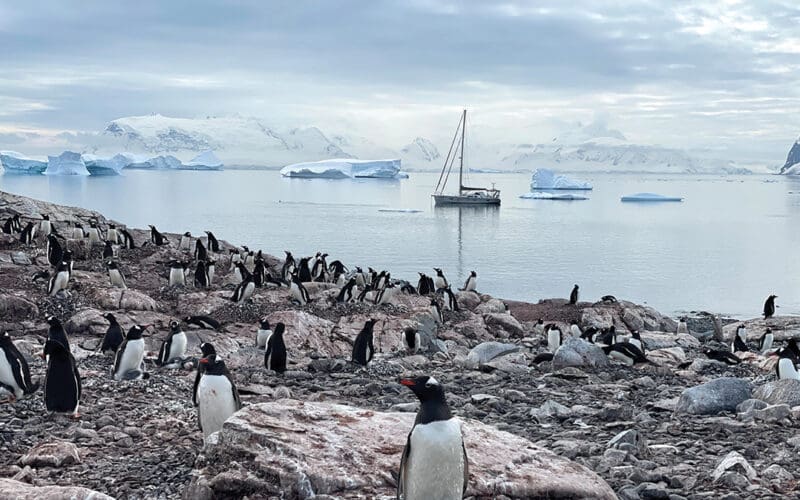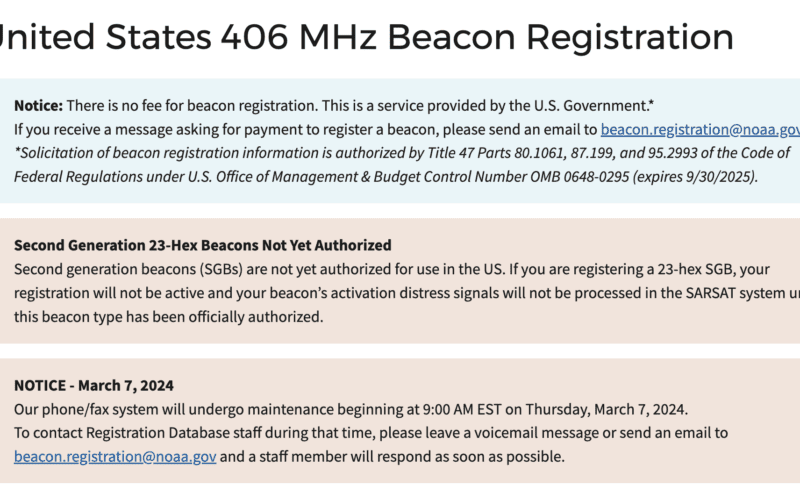10
Sep
In the age of cell phones, satellite phones and long-distance HAM/SSB radios, your marine VHF radio is still the most basic, foundational, go-to electronic communication device on your vessel. But a good, properly installed VHF is worth nothing unless it is properly grounded and connected to an external antenna, preferably at the masthead. With prices ranging from around $50 to roughly $500, depending on length, mounting system and type of vessel, the span of choices can at first be intimidating. Among most cruising boats ranging from, say, 30 to 45 feet LOA, the size of boat is irrelevant when it…






